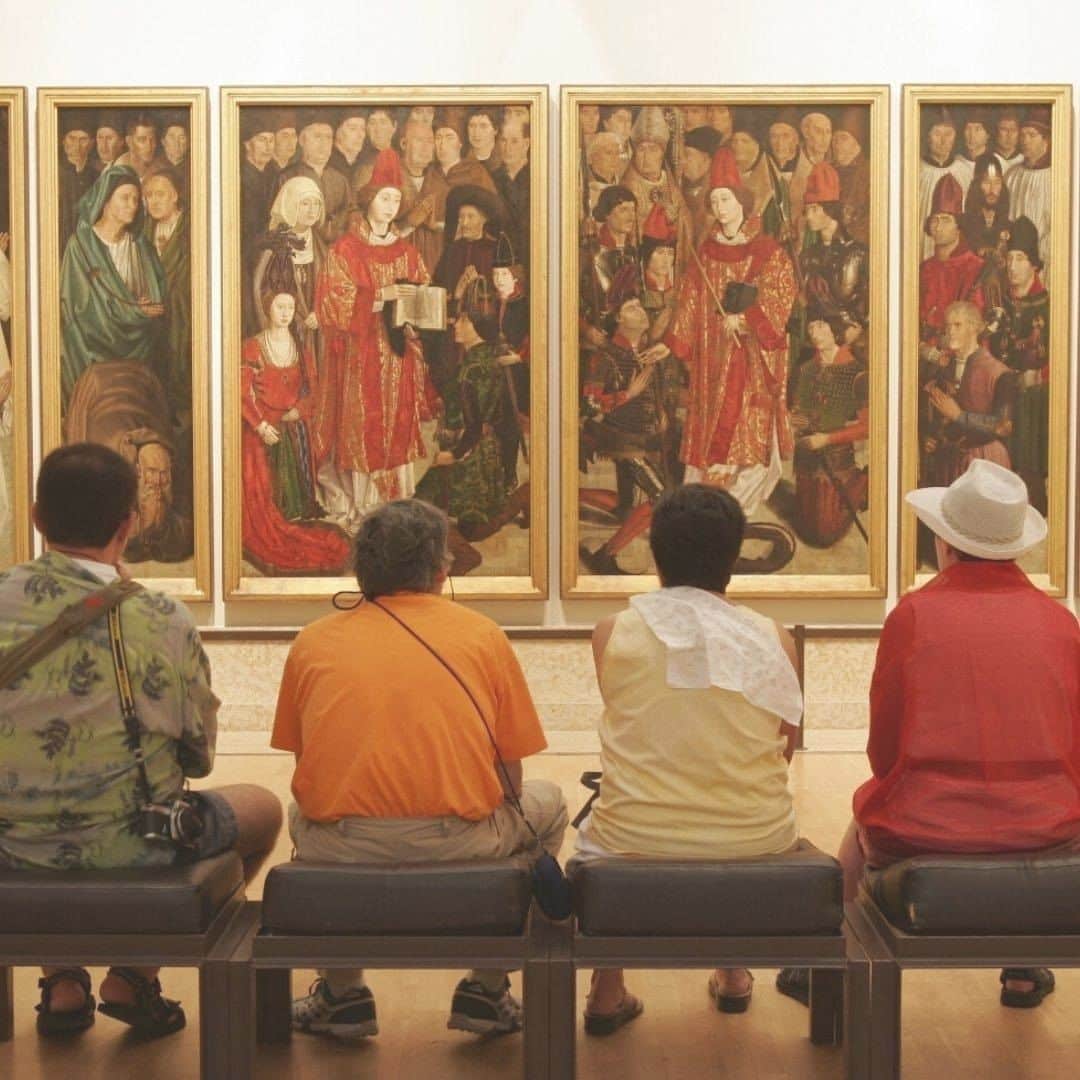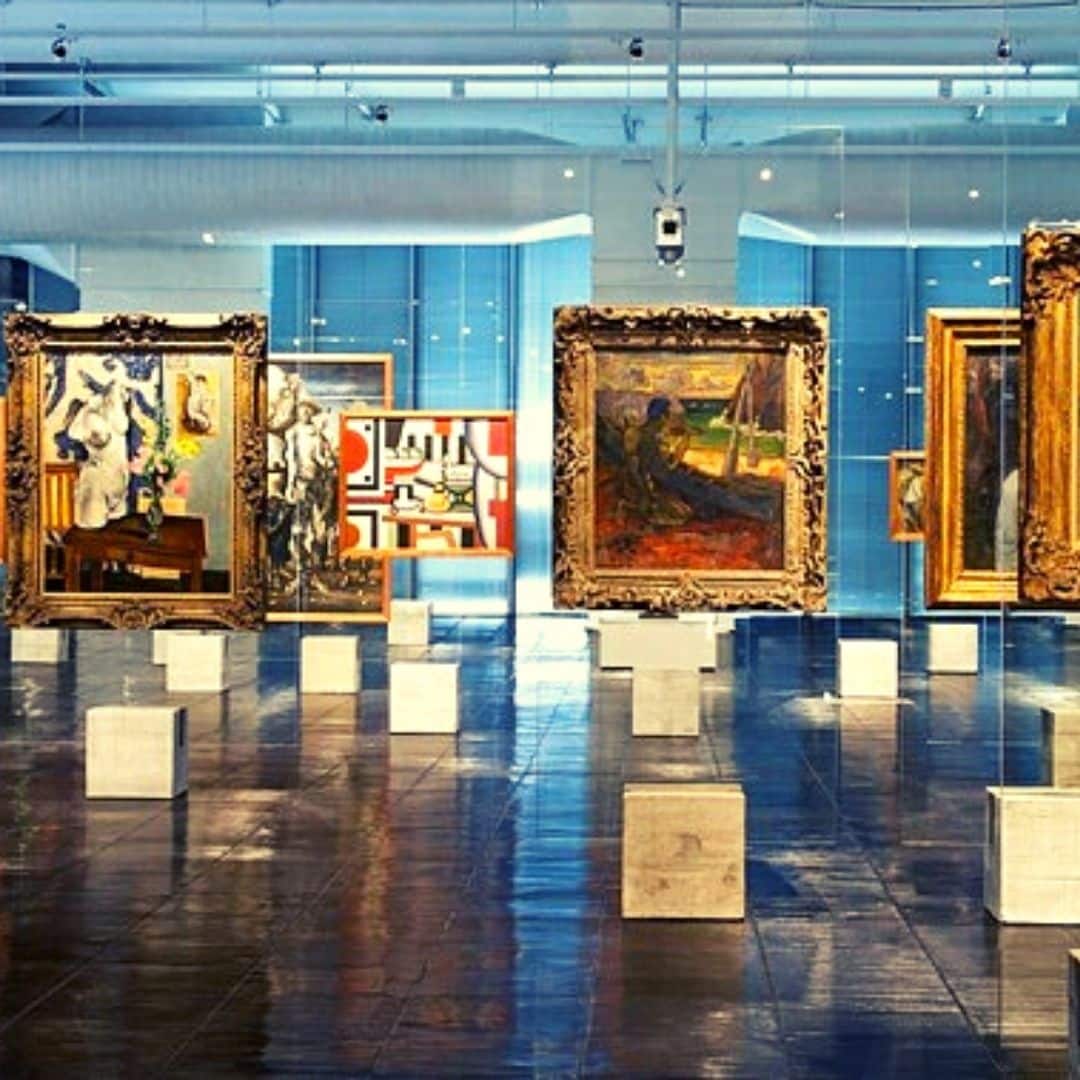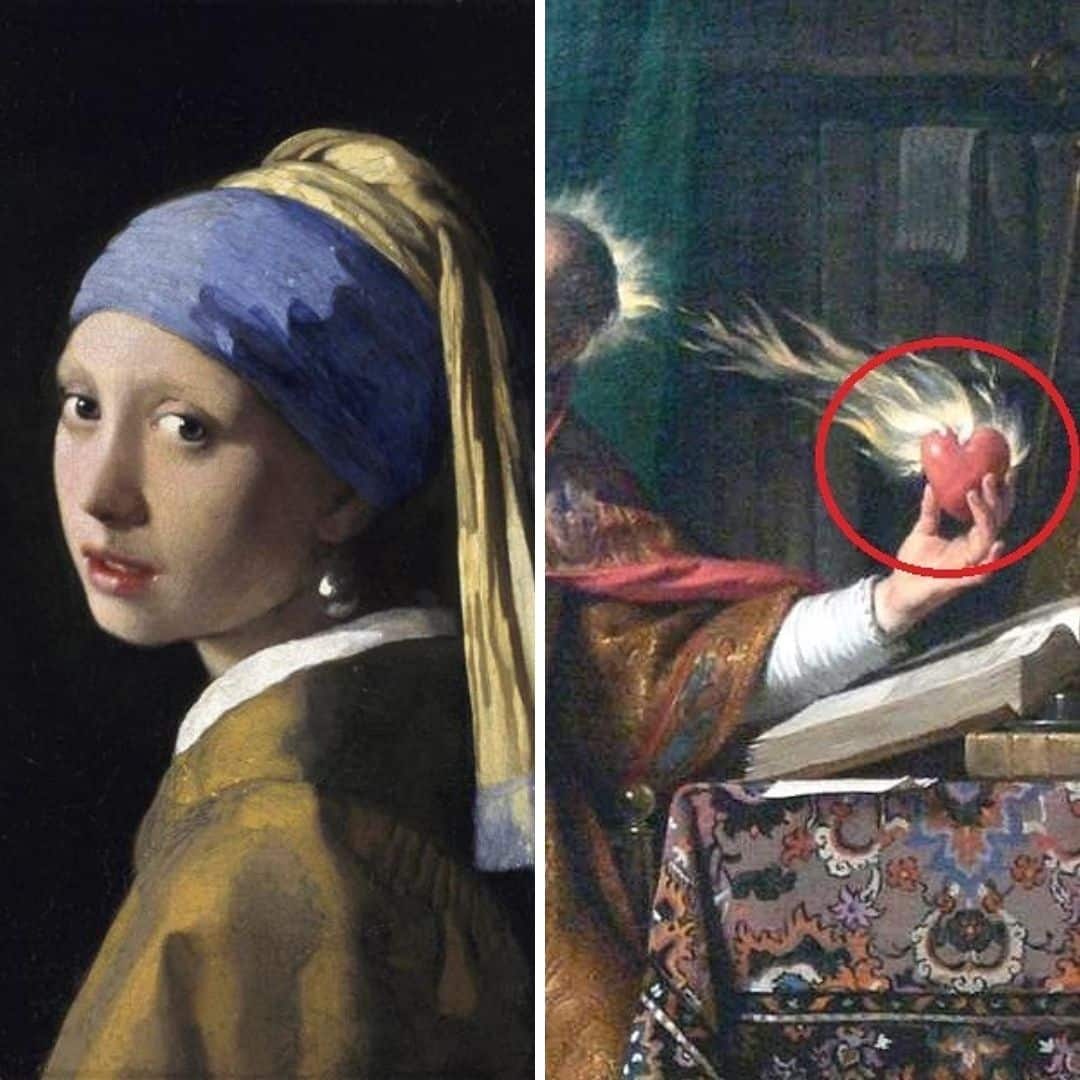In this article we will look at what is a collection and what has motivated collectionism over time.
Collecting has historically implied man’s desire to possess valuable objects.
Although it has been refined and today the fact of collecting derives from other social functions of great relevance.
It has always been about: gathering, selecting, discriminating, valuing and preserving an object above its primary function and original value.
Uniqueness and exclusivity are primary values and are very much taken into consideration by the collector when deciding whether an object will be part of his or her collection.
Today there are different types of collectors, collections, and collectibles, but the action of collecting is motivated by artistic value, function, emotional qualities, and the instinct of ownership.
Learn more about art collections and the role of the art consultant today in the online course Art Consulting.
What is a Collection Throughout History
What is a Collection in Prehistory
If we look at the history of collectionism , we must go back to Prehistoric times, a time when objects were kept on the basis of their strangeness in relation to others.
strangeness in relation to others.
Colors, size, materials and shapes were important.
Their symbolic character, always related to the posthumous legacy and their condition of inheritance that should be preserved.
Even after death, related to magical and vital needs, such as the cure of diseases or prosperity in the cultivation of the land.
what is a collection in theocratic Cultures
In theocratic cultures, the objects that were usually collected came from temples, tombs or palaces of the upper class.
Most were sacred objects, exponents of the professed worship of God.
What is a collection in the Hellenistic Period
Then, during the Hellenistic period, the notion of adding value to the object is further reinforced, from an artistic point of view, almost always.
The admiration for the works and monuments of a past people or culture was considered worthy of admiration, imitation and copy.
Copying, modeling, reproduction, revision and, above all, object seeking and collecting arise.
The object acquires value in itself, technical, material, formal, by the author, by rarity, by antiquity, and by history.
What is a collection in the Roman Empire
During the Roman Empire, this idea of “added value” was reinforced and the sense of collecting increased.
Looting, war booty, cultural and social prestige, expression of power, capital investment, art market, copies.
The terminology is born:
- Museum (building dedicated to the Muses in Alexandria by Ptolemy).
- art gallery (Vitruvius, c. VI).
- dactilotheque (Pliny).
The concept of a public museum was born, when Marcus Agrippa exhibited the looted and confiscated works in the Pantheon, establishing the concept of public cultural heritage and its display.
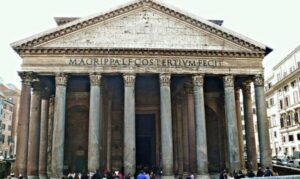
what is a collection in the Middle Ages
From now on, collecting will pass through the Middle Ages, inheriting a didactic-religious character of the image.
The objects are used in the liturgy and are admired for their richness and function.
Richness + function = art.
Beautiful (pulchrum) equals rich, Useless objects are burned or hidden, not museized.
In the Gothic, the establishment of city life and urban culture, growing commerce, and the incipient bourgeoisie, are the foundations of a new courtly, religious, clerical, and bourgeois collection.
A taste for the profane, for worldly life and comfort is born.
Art is once again an ornament of life, and objects are appreciated for their characteristics, not just for their function.
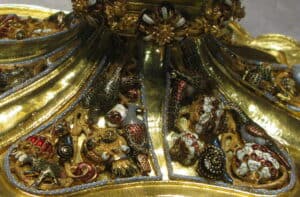
what is a collection in the Renaissance
With the advent of the Renaissance, the concept of collecting is totally renewed. Thus, art objects, especially those from antiquity, have didactic value just like writing.
The acquisition of ancient objects becomes an expression of power, culture, and wealth.
What is a collection in the 17th and 18th centuries
During the 17th and 18th centuries, France used collecting as an expression of the monarchy. At this time the Louvre’s main gallery was born.
Art is the visual instrument of monarchical ideology and the aristocracy.
The academy maintains a monopoly on art education. Artistic production is normalized: it is taught how to make art.

what is a collection in the 19th and 20th centuries.
The 19th and 20th centuries. brought to light various scenarios, such as the archeological discoveries of Herculaneum and Pompeii,
The archaeological findings which become objects of desire for hundreds of collectors.
With Romanticism, objects from the Middle Ages, Christianity, and Oriental art were once again valued.
It is at this time that the marchand or buyer comes on the scene (it is known that Americans were the best buyers of European art).
Great Museums
Art was born as an object of value, synonymous with money, and therefore an object that must be conserved and collected to ensure a prosperous future.
The art dealer, the auctions, the clandestine looting galleries, the sale of fake pieces, the restorations that pass for authentic, and the sale of objects from the Middle Ages, Christianity, and the Orient, all came to the fore.


